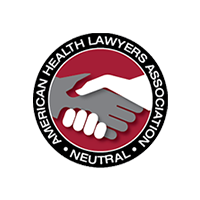Can you remember approximately when it was that you first received a multi-page HIPAA mailer communicating to you in seemingly endless detail — and fine print — all the parameters regarding medical providers’ use of your health care data?
You likely can’t, although you might recollect that the thick envelope in your mailbox was a distinct anomaly.
Readers of a certain age can remember a time, though, when such due car e and exacting detail regarding third-party use of patients’ health care information was far less a big deal than it is now.
The federal Health Insurance Portability and Accountability Act was enacted into law in 1996. Although its thrust is multi-based, one key component that centrally affects the public and consumers is the provider-focused rules concerning what can — and, as importantly, what cannot — be done with patients’ confidential medical data.
Candidly, much about HIPAA can seem baffling to many people, including providers on occasion.
And it is fundamentally important that health care operators know and understand HIPAA in detail, given what a recent medical industry-focused publication notes is “the confusion surrounding exactly what’s required to be compliant.”
Here’s why: Mistakes deemed as privacy breaches carry material consequences, with potentially stark downsides for persons who alleged handle proprietary data inappropriately.
A list compiling the “can do” and “can’t do” components of HIPAA is long, with much for a provider to note, understand and apply.
And, in fact, there is such a list, drafted in user-friendly fashion and essentially intended to be tacked or taped to the wall at medical record sites. The aforementioned publication has drafted it in infographic style, replete with pictures and various triggers intended to elicit quick understanding of what is OK and what is taboo. Readers can take a look at it via the above link.
HIPAA is certainly important, but it can be a heavy slog for both consumers and providers.
And for the latter, getting it right is critically important, because getting it wrong can yield harsh consequences.


